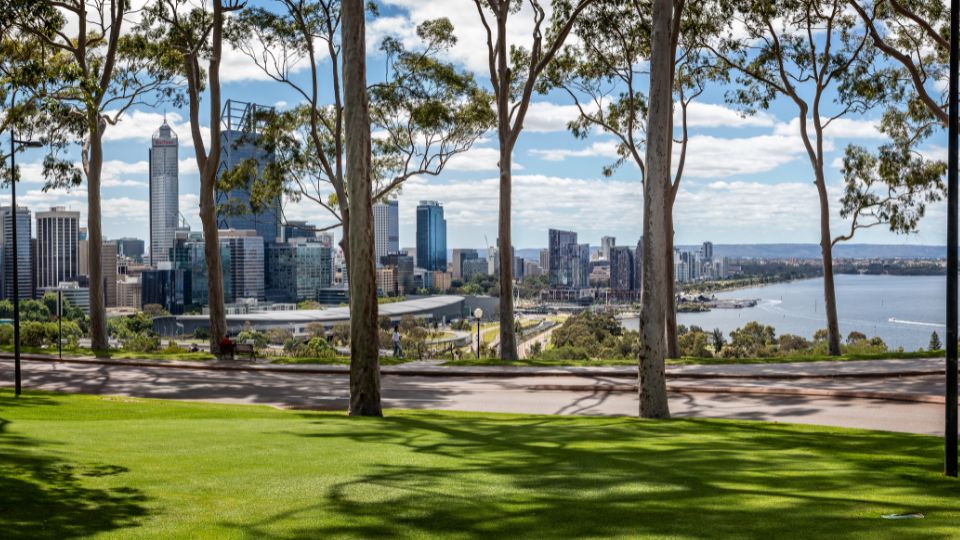Australia’s national residential vacancy rate remained steady at 1.2% in September 2025, according to new data from SQM Research, underscoring the ongoing shortage of available rental stock across most capital cities.
The total number of residential vacancies fell to 36,046 dwellings, down 1,696 from August, reflecting continued strong tenant demand despite a modest increase in listings in some markets.
Sydney and Brisbane tighten further
Vacancy conditions in Sydney tightened slightly to 1.3%, down from 1.4% the previous month, representing 9,617 dwellings.
Tenant demand remains strong amid limited new rental supply, pushing rents higher once more.
In Brisbane, vacancies edged down to 0.9% (from 1.0%), leaving just 3,329 properties available.
The pace of rent growth has eased slightly, but the city remains one of the tightest markets in the country.
Perth continues to record some of the lowest vacancy levels nationally at 0.7%, while Adelaide remains similarly constrained at 0.8%.
Hobart recorded the lowest vacancy rate of all capitals at just 0.4%, down from 0.5% in August.
National rents rise again
National advertised rents rose 0.8% over the past 30 days and are now 4.8% higher year-on-year, with the combined national average sitting at $655.17 per week.
Capital city rents climbed to an average of $756.28 per week, driven by steady increases in house rents.
- Sydney saw the strongest monthly rise, up 1.1% to an average of $1,098.57 per week for houses.
- Melbourne rents held largely steady, dipping 0.1% for the month but still 4.3% higher than a year ago.
- Perth and Brisbane both recorded monthly increases of around 1%, while Adelaide saw a more moderate 0.4% lift.
SQM Research Managing Director Louis Christopher said the figures indicate that Australia’s rental market remains “very tight” with “little sign of meaningful supply increases.”
“Sydney and Brisbane continue to see strong tenant demand, while Hobart remains near record-low vacancy levels,” he said.
“Rents are still rising in most capitals, particularly for houses, despite a slight easing in growth compared to last year.
“Overall, we are still seeing an undersupplied rental market, although conditions appear to be stabilising in some cities such as Melbourne and Canberra.”
SQM’s latest data reinforces that demand continues to outpace supply in nearly every market, keeping pressure on affordability and vacancy turnover times.
With national vacancies below 2% for more than two years, rent inflation is likely to persist into 2026 unless new housing stock meaningfully increases.

